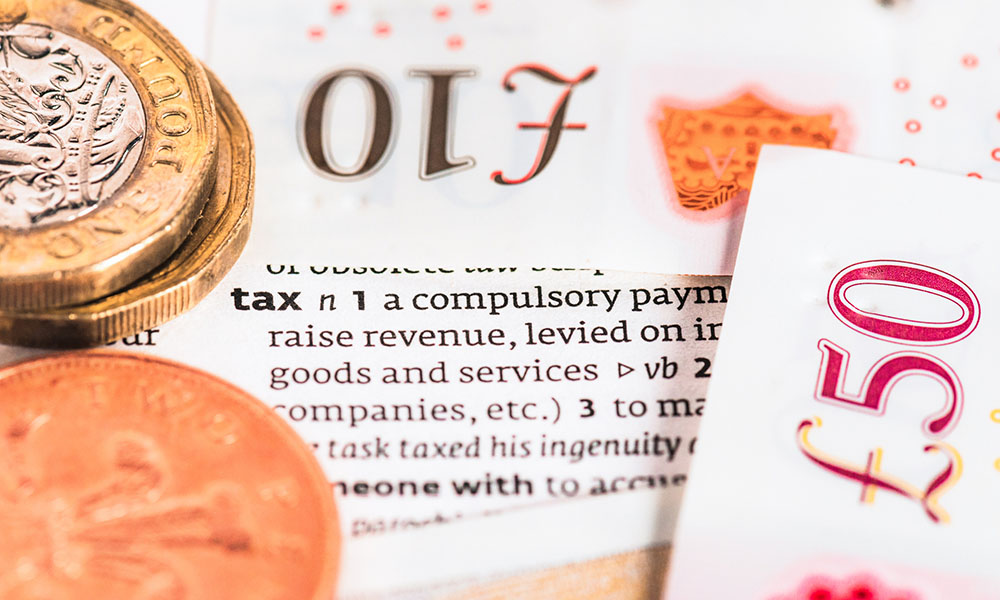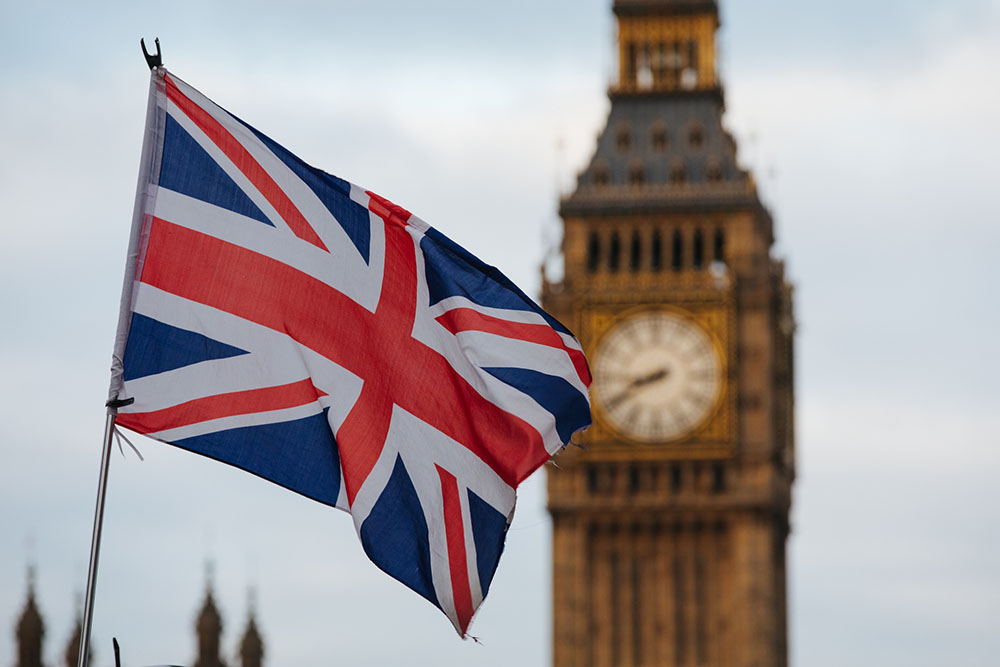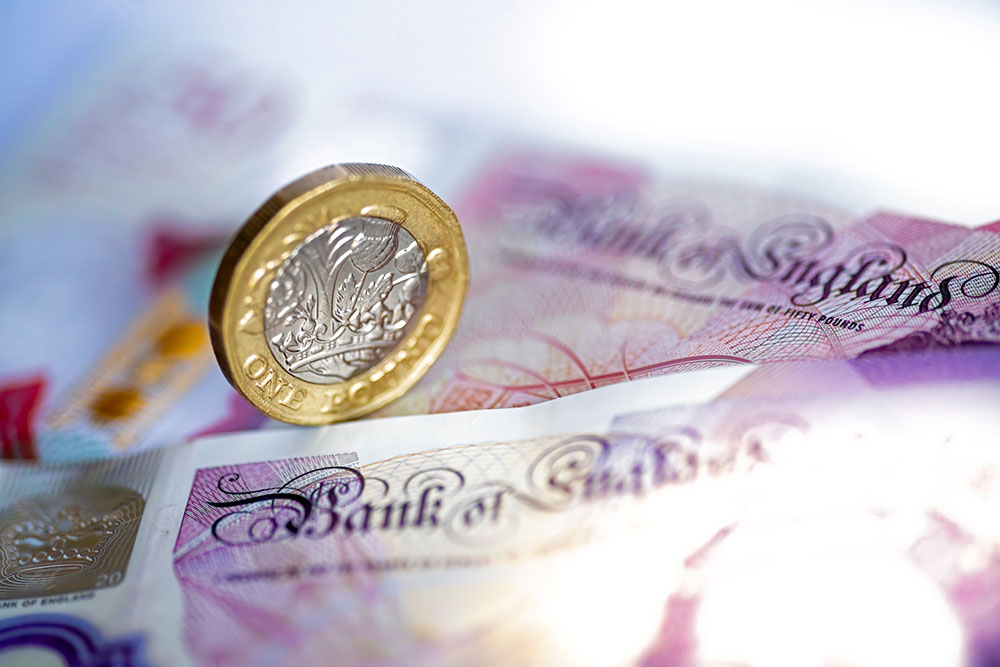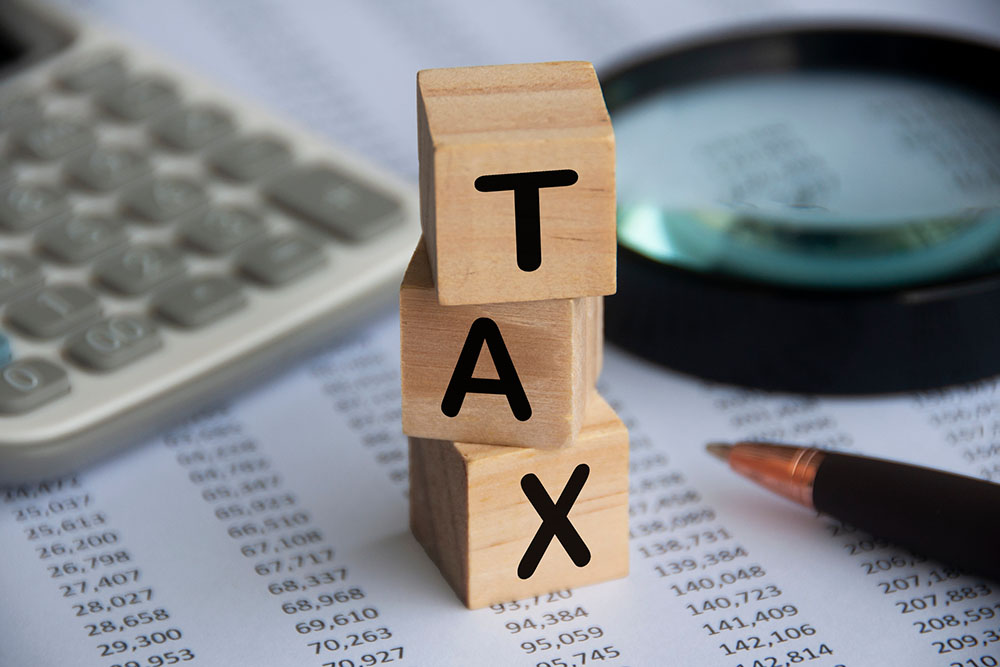You can still maximise the 2023-24 tax year
This content is for information purposes only and should not be taken as financial advice. Every effort has been made to ensure the information is correct and up-to-date at the time of writing. For personalised and regulated advice regarding your situation, please consult an independent financial adviser here at Castlegate in Grantham, Lincolnshire or other local offices.
One of the best ways to put more hard-earned money back into your pocket is to maximise your tax allowances. Yet many people are confused about how the tax year works, which allowances they can access and how to make use of them. Below, our Grantham financial planners offer some information to help you navigate these issues more confidently.
We hope this summary is helpful to you. To discuss your financial plan with us, please get in touch to arrange a no-obligation financial consultation, at our expense:
01476 855 585
info@casfin.co.uk
How do tax allowances work?
Quite often, when an individual earns an income or builds wealth (e.g. by purchasing shares which grow in value), there is a tax liability waiting. Salary and pension income are subject to Income Tax, for instance. Dividends received are subject to Dividend Tax, and so on.
Tax allowances can help individuals to legitimately shield their income and wealth from these taxes. One of the most well-known examples is the Personal Allowance. In 2023-24, this lets someone earn up to £12,570 before Income Tax starts to apply at the Basic Rate (20%).
Most of these allowances “refresh” at the start of a new tax year. In the UK, this runs from 6th April until 5th April the following year. At this point, most unused allowances are lost and cannot be retrieved. For instance, if someone earned £10,000 in one tax year, they cannot “carry over” their unused Personal Allowance (£2,570) to the next tax year.
This starts to reveal why planning ahead is important to get the most from your tax allowances. If you only begin turning your attention to the matter in February or March, then you may not have the time or funds to optimise your ISA contributions, for instance.
At the time of writing in October 2023, there is still a lot of time to get the most from the 2023-24 tax year. Below, we offer some ideas to help you keep more of your income and returns.
Some key tax allowances for 2023-24
We have already mentioned the Personal Allowance. However, if you have a partner, consider whether you are both maximising this. For example, a married couple might comprise a Basic Rate taxpayer (20%) and an individual who does not earn anything. Under the Marriage Allowance, up to £1,260 of the latter person’s Personal Allowance can be transferred to the Higher Rate taxpayer. The end result could be a lower overall Income Tax bill for the household.
Capital gains tax (CGT) is levied on “chargeable assets” – e.g. shares sold in an individual’s general investment account or a buy to let (BTL) property sold for a profit. However, the Annual Exemption lets an individual generate up to £6,000 in capital gains without CGT.
By planning your portfolio rebalancing between now and April 2024, an investor could preserve more of their gains. Again, married couples and civil partners have the extra advantage of being able to transfer assets between them, tax-free. For example, a wife could transfer some shares to her husband if she has fully used her Annual Exemption for 2023-24, but he has not. He could then sell the shares for a tax-free profit.
A third key area to consider is your ISA allowance. In 2023-24, you can put up to £20,000 into your ISAs and enjoy tax-free interest, capital gains and dividends from the assets inside (in addition to the allowances mentioned above such as the Annual Exemption). Each person in a couple can also have their own ISA allowance, potentially combining to £40,000 each tax year.
Ideas to plan ahead in 2023-24
To get the most out of the tax year, it helps to sit down with a financial adviser and discuss your income and investments leading up to the following April. You can then start to plan together to organise your decisions in a tax-efficient manner, in full consideration of your allowances.
For instance, suppose you have already utilised your Annual Exemption for 2023-24 but you still have £10,000 of ISA allowance remaining. In which case, you may wish to pivot your investment contributions towards your Stocks & Shares ISA – where you can still enjoy tax-free returns.
Another important area is your pension contributions. In 2023-24, the annual allowance now stands at a maximum of £60,000 (or 100% of an individual’s Relevant UK Earnings – whichever is lower). Pensions are a bit of a special case on this subject, since some people can “carry over” unused annual allowance from the past three tax years to make larger contributions.
By leaving plenty of time to plan your pension before April, you can tailor your strategy to minimise needless tax. The tax year might also bear upon your decisions about when, and how, to start taking pension benefits.
For instance, an individual might want to continue their contributions until the end of March, fully utilising their annual allowance for the tax year before triggering the Money Purchase Annual Allowance (which reduces the annual allowance to £10,000 per year thereafter).
Invitation
If you are interested in discussing your own financial plan or investment strategy with us, please get in touch to arrange a no-commitment financial consultation at our expense:
01476 855 585
info@casfin.co.uk












